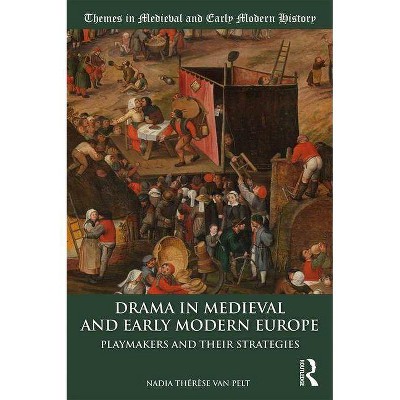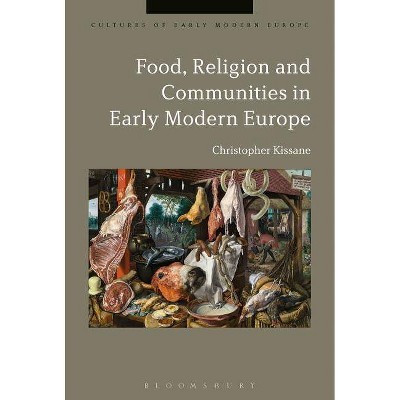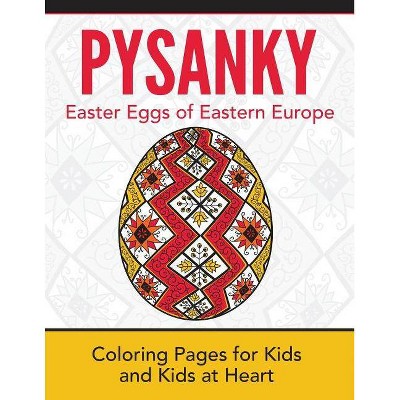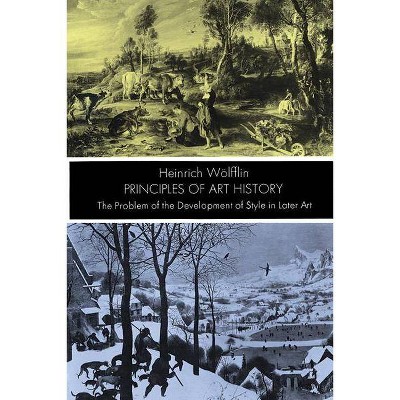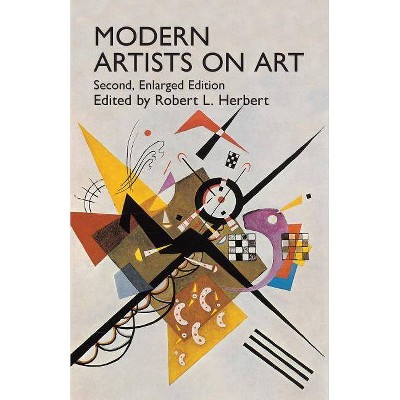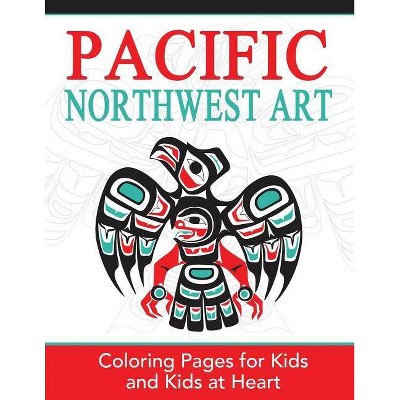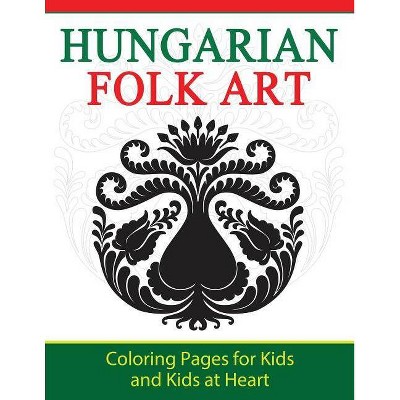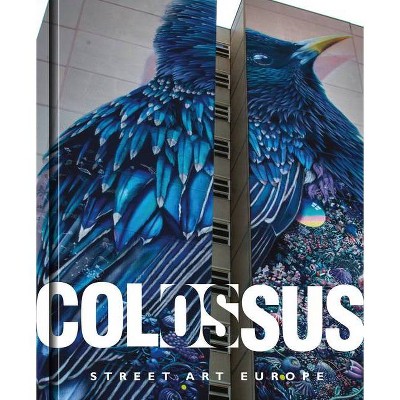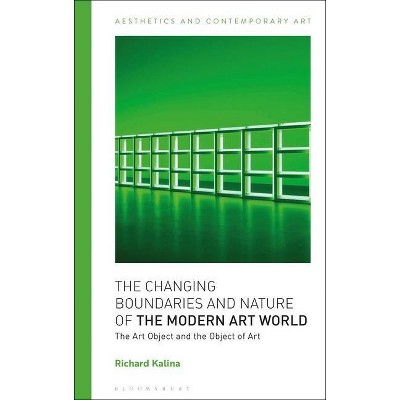Art and Technology in Early Modern Europe - (Art History Special Issues) by Richard Taws & Genevieve Warwick (Paperback)
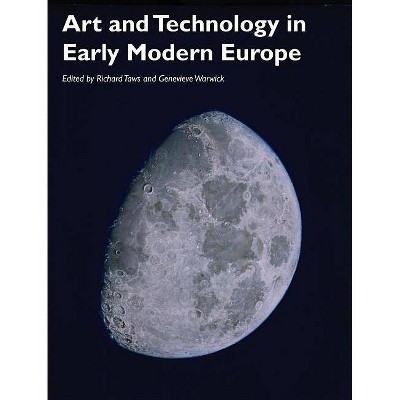
Similar Products
Products of same category from the store
AllProduct info
<p/><br></br><p><b> Book Synopsis </b></p></br></br><p>In 12 essays by a distinguished group of art historians, <i>Art and Technology in Early Modern Europe</i> explores the relationship between artistic and technological advances from the Renaissance to the Industrial Revolution.</p> <ul> <li>Provides a broad definition of technology for this period and addresses the influence of technological shifts on the history of early modern art</li> <li>Covers c.1420-1820, the time period between the advent of the printed image and that of the photographically produced image</li> <li>Discusses a wide range of early modern artists' tools, instruments, skills, and techniques and their historical applications</li> <li>Highlights a frequently overlooked aspect of research within art history that yields substantial insights into the analysis of the making and viewing of art</li> </ul> <p> </p><p/><br></br><p><b> From the Back Cover </b></p></br></br><p>In these 12 essays by a distinguished group of art historians, <i>Art and Technology in Early Modern Europe</i> explores the relationship between artistic and technological advances from the Renaissance to the Industrial Revolution. Together the essays provide a broad definition of technology for this period and address the influence of technological shifts on the history of early modern art. The essays span c.1420 to 1820, a time period bursting with visual technological developments between the advent of the printed image and that of the photographically produced image. The contributors discuss a wide range of early modern artists' tools, instruments, skills, crafts, devices, machines, materials, and techniques and their historical applications. From mirrors and modeling to telescopic views and telegraphic images, these essays highlight a frequently overlooked aspect of research within art history that yields substantial insights into the analysis of the making and viewing of art.</p><p/><br></br><p><b> About the Author </b></p></br></br><p><b>Richard Taws</b> is Reader in the History of Art Department at University College London, UK. He is the recipient of fellowships from the Getty, the Institute for Advanced Study, Princeton, and the Bard Graduate Center, New York, and was recently awarded a Philip Leverhulme Prize. He is the author of <i>The Politics of the Provisional: Art and Ephemera in Revolutionary France</i> (2013) and is currently writing a book about art and technology in post-revolutionary France.</p> <p><b>Genevieve Warwick</b> is Editor of <i>Art History</i> and author of <i>The Arts of Collecting </i>(2000 and 2012), <i>Bernini: Art as Theatre</i> (2012), and <i>Picturing Venus in the Renaissance Print</i> (2014), as well as collections of essays on Poussin, prints and drawings and Caravaggio, and numerous articles on art collections, art and science, and architecture and urbanism. Her research has received awards from the Kress Foundation, the Leverhulme Trust, the Getty Foundation, the Arts and Humanities Research Council UK, and the Renaissance Society of America.</p>
Price History
Price Archive shows prices from various stores, lets you see history and find the cheapest. There is no actual sale on the website. For all support, inquiry and suggestion messagescommunication@pricearchive.us

